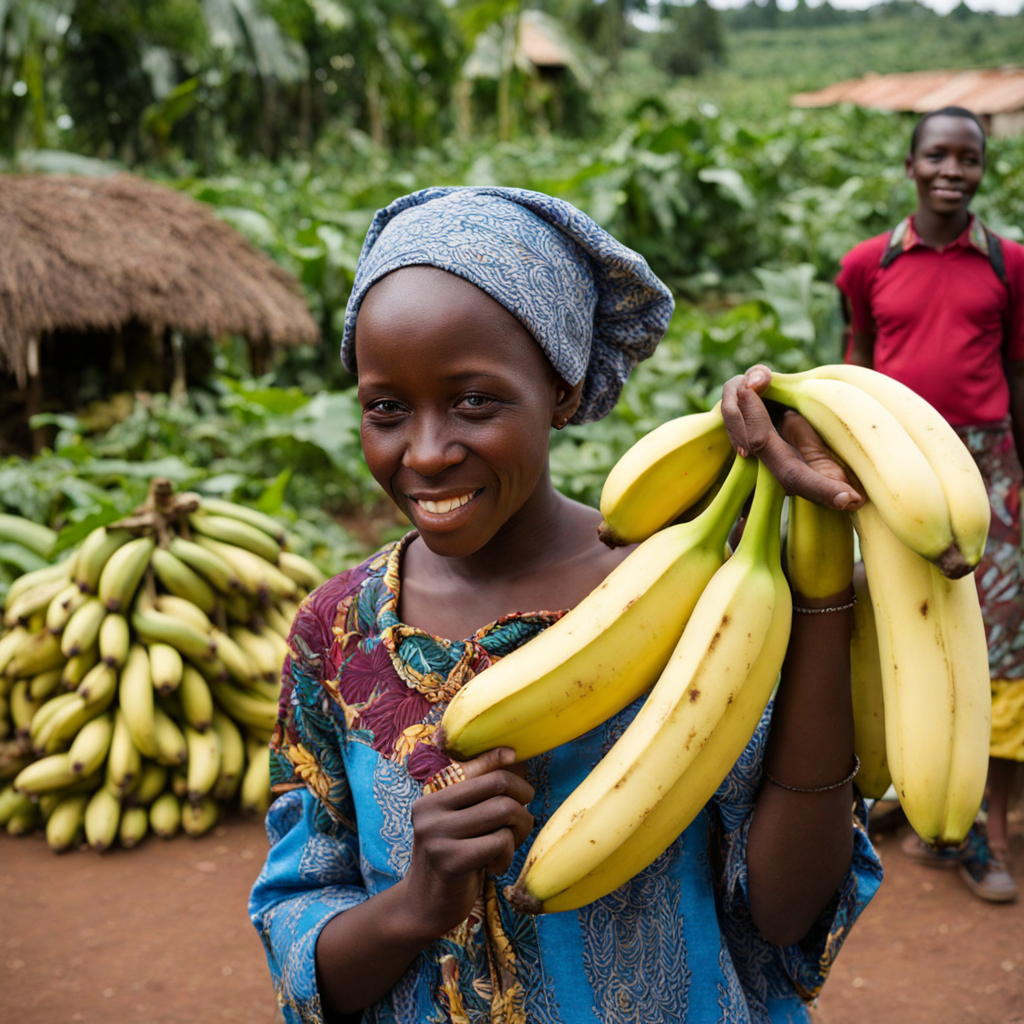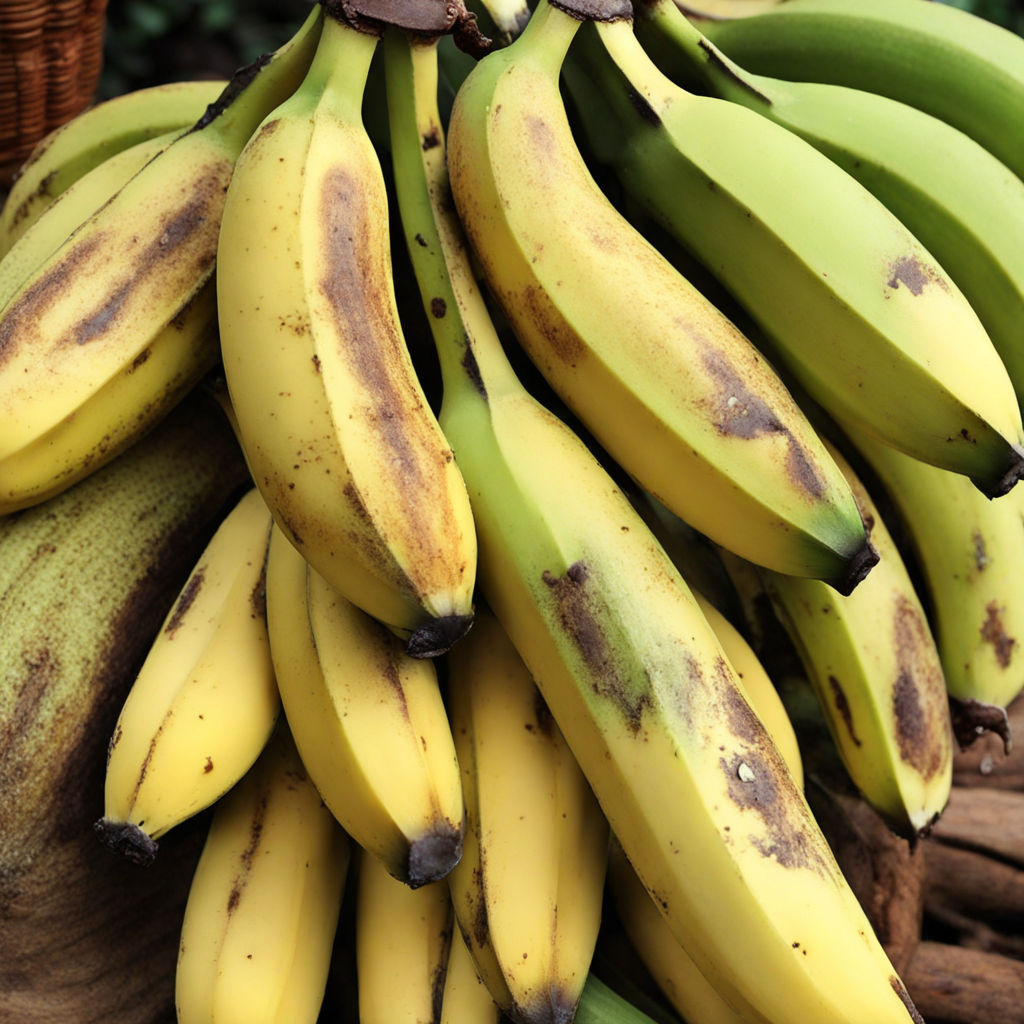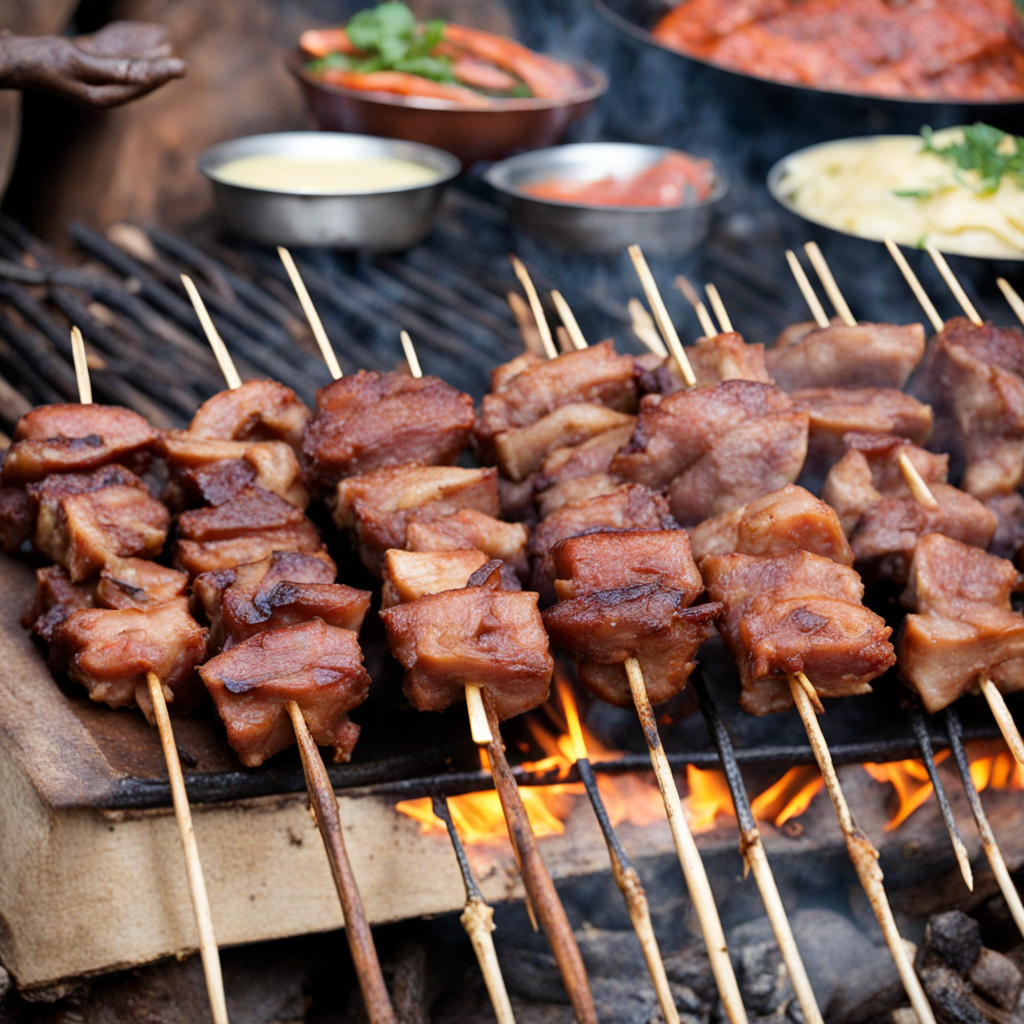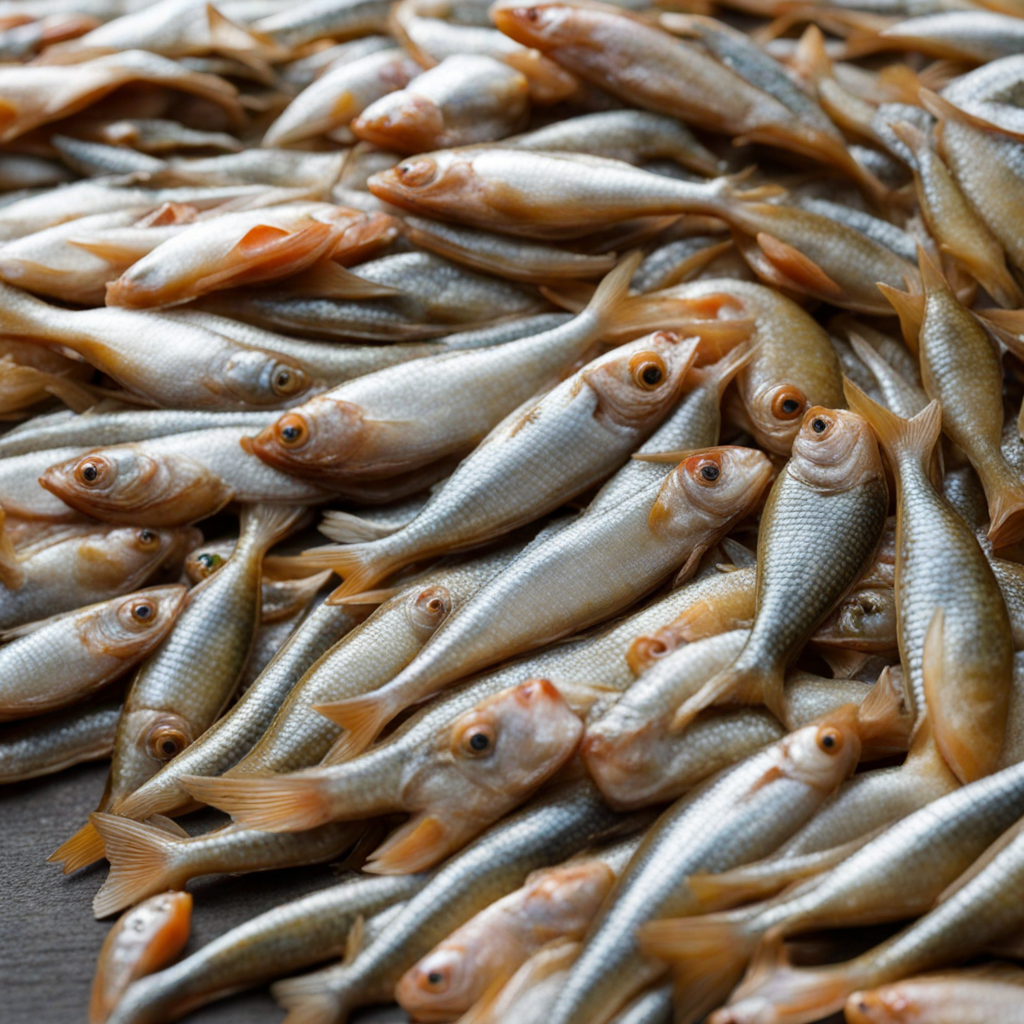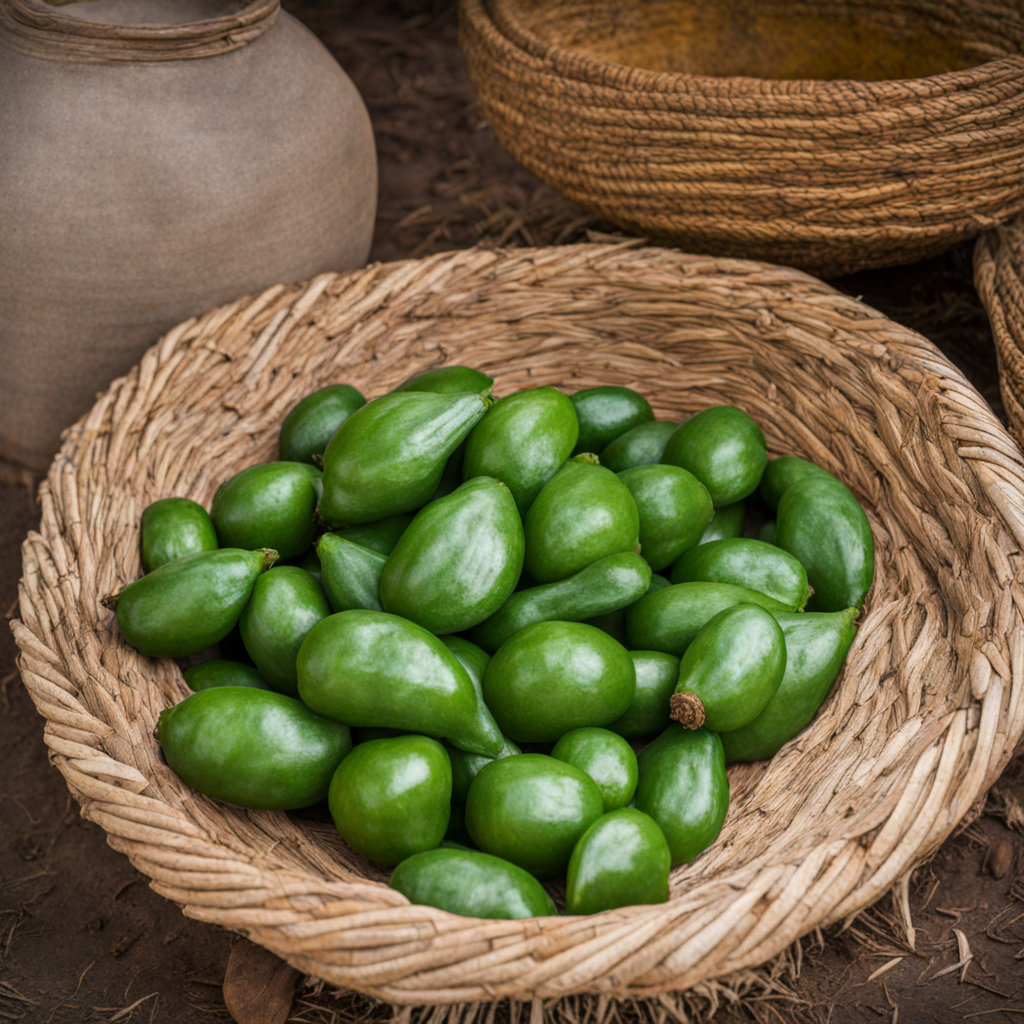Imineke
Imineke is a traditional Rwandan dish that embodies the rich flavors and culinary heritage of the region. This delightful recipe primarily features a combination of ingredients such as beans, maize, and a medley of vegetables, often enhanced with local spices that add depth and character. The beans are typically slow-cooked to achieve a creamy texture, while the maize provides a satisfying bite, making the dish both hearty and comforting. The vibrant colors of the vegetables not only elevate the visual appeal but also contribute to a balanced nutritional profile, showcasing the agricultural bounty of Rwanda. The preparation of Imineke is often a communal affair, reflecting the Rwandan culture of sharing and togetherness. Families gather to prepare the dish, with each member contributing their unique touch, whether through the choice of vegetables or the seasoning. The cooking process usually involves simmering the ingredients in a pot, allowing the flavors to meld beautifully over time. As the dish cooks, the rich aromas waft through the air, inviting everyone to partake in the meal. This slow-cooked approach results in a dish that's not just a meal but a celebration of community and culture. When served, Imineke is often accompanied by a side of fried plantains or a fresh salad, enhancing the overall experience. The balance of flavors—from the earthiness of the beans to the sweetness of the maize and the freshness of the vegetables—creates a symphony on the palate. Each bite transports you to the heart of Rwanda, offering a taste that is both unique and deeply rooted in tradition. For those seeking to explore new culinary landscapes, Imineke is a must-try that promises to leave a lasting impression.
How It Became This Dish
The History of Imineke: A Culinary Tradition of Rwanda #### Origins of Imineke Imineke, a traditional Rwandan dish, is more than just a culinary delight; it represents the rich tapestry of Rwandan culture and heritage. The origins of Imineke can be traced back to the rural, agrarian societies of Rwanda, where the landscape is dotted with rolling hills and fertile valleys. The dish primarily consists of a mixture of grains, often including millet or sorghum, and is typically flavored with local ingredients such as honey or milk. This combination reflects the agricultural practices of the Rwandan people, who have cultivated these grains for centuries. The name "Imineke" is derived from the Kinyarwanda word for "to mix," which aptly describes the preparation process. Traditionally, the dish was prepared during communal gatherings and celebrations, emphasizing its significance in bringing people together. The use of locally sourced grains and ingredients speaks to the Rwandan ethos of sustainability and respect for the land. #### Cultural Significance Imineke holds a unique position in Rwandan culture, serving as both a staple food and a symbol of community. Historically, the preparation and sharing of Imineke were communal activities, often involving the entire family or village. Women, who traditionally took on the role of food preparers, would gather in groups to prepare the dish, creating an opportunity for social interaction and the passing down of culinary knowledge from one generation to the next. The dish is often associated with important life events, such as weddings, births, and religious ceremonies. In these contexts, Imineke is not merely a food item but a ritualistic offering that symbolizes unity, abundance, and the interconnectedness of the community. The way in which Imineke is served—commonly in large bowls that encourage sharing—further underscores its role in fostering relationships and collective identity. Moreover, Imineke is part of a broader culinary tradition in Rwanda that emphasizes the use of indigenous ingredients. As Rwanda is known for its diverse ecosystems, the availability of various grains and legumes contributes to the rich flavor profiles and nutritional benefits of Imineke. The dish is often complemented by side dishes, such as vegetables, beans, or meat, enhancing its status as a complete meal. #### Development Over Time Throughout the years, Imineke has evolved alongside the changing dynamics of Rwandan society. The early 20th century saw significant socio-economic changes in Rwanda, particularly during the colonial period. The introduction of cash crops and the commercialization of agriculture altered local diets and food practices. However, despite these changes, Imineke remained a staple in rural households, symbolizing resilience amid external pressures. In the latter half of the 20th century, Rwanda faced significant turmoil, including the Rwandan Genocide in 1994. The aftermath of the genocide had profound effects on the cultural landscape, including culinary traditions. Many families were displaced, and traditional practices faced the threat of extinction. However, as Rwanda began to recover, there was a resurgence of interest in traditional foods, including Imineke. This revival was part of a larger movement to reclaim Rwandan identity and heritage, emphasizing the importance of traditional recipes in fostering national pride. In the 21st century, Imineke has found its place in the modern Rwandan culinary scene. As urbanization increases and globalization influences food choices, there is a growing appreciation for traditional dishes. Restaurants in Kigali and beyond have begun to incorporate Imineke into their menus, often putting contemporary twists on the classic recipe while maintaining its essence. This culinary innovation ensures that Imineke remains relevant while honoring its historical roots. #### Imineke in Contemporary Rwanda Today, Imineke is celebrated not only as a traditional dish but also as a source of national pride. Food festivals and cultural events often feature Imineke, showcasing its significance in Rwandan culture. Chefs and food enthusiasts are increasingly exploring ways to elevate this dish, experimenting with flavor combinations and presentation styles that appeal to modern palates. The promotion of Imineke aligns with broader efforts to support local agriculture and sustainable food practices. By encouraging the consumption of indigenous grains, there is a renewed focus on food sovereignty and local economies. This movement is particularly important for smallholder farmers who continue to cultivate the grains used in Imineke, as it helps them access markets and preserve traditional farming techniques. Furthermore, the global interest in health-conscious eating has brought attention to the nutritional benefits of Imineke. Rich in fiber, protein, and essential nutrients, this dish is increasingly recognized for its contributions to a balanced diet. The emphasis on whole grains and natural ingredients positions Imineke as a healthful option in a world increasingly drawn to processed foods. #### Conclusion Imineke is a culinary jewel in Rwanda's rich food heritage, embodying the essence of community, culture, and resilience. From its traditional roots to its modern interpretations, Imineke continues to play a vital role in Rwandan society. As it adapts to contemporary tastes and lifestyles, it remains a powerful symbol of unity and identity, illustrating the enduring significance of food in shaping cultural narratives. As Rwanda continues to develop and navigate the complexities of globalization, Imineke stands as a testament to the importance of preserving culinary traditions while embracing innovation. Whether shared among family and friends or served in a bustling restaurant, Imineke is more than just a meal; it is a celebration of Rwandan heritage, a bridge between past and present, and a promise for the future.
You may like
Discover local flavors from Rwanda


